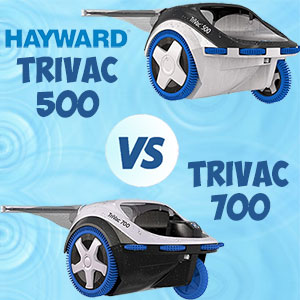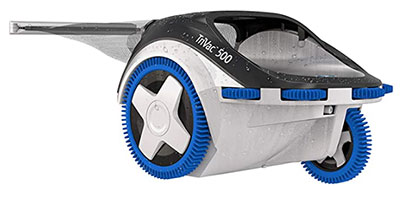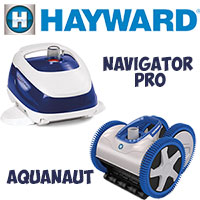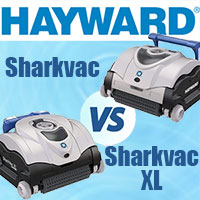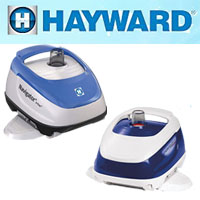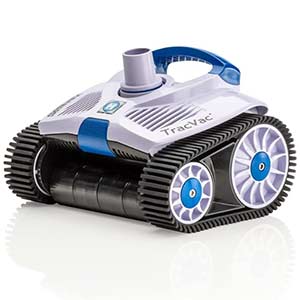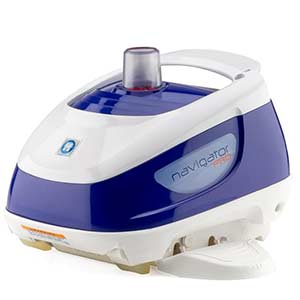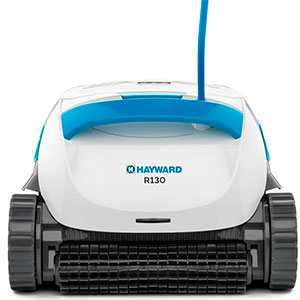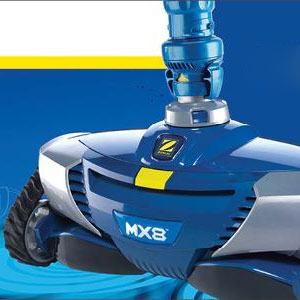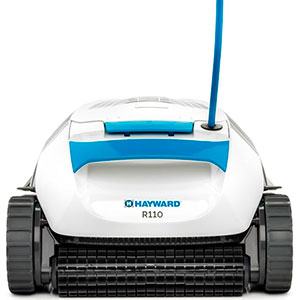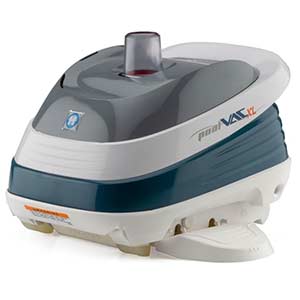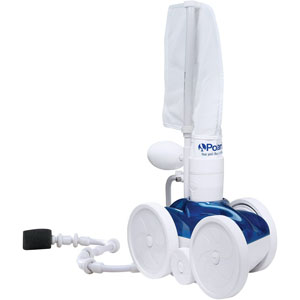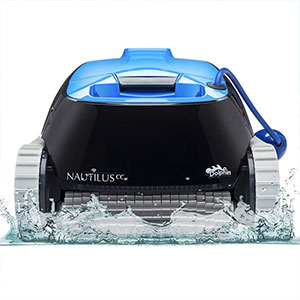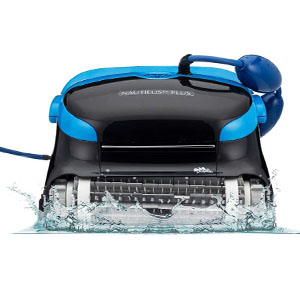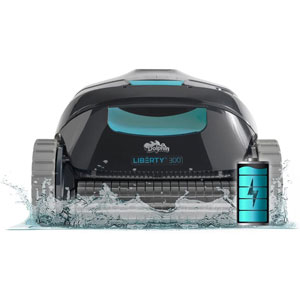🔥 Hayward Trivac 500 vs 700 – Face to Face Comparison
Author: Marcus Robertson
Comparison table
Package dimensions LxWxH
22.5 x 19.8 x 15.9 inches
18 x 21 x 14 inches
Weight
15.9 pounds
-
Required pressure
23 PSI
23 PSI
Color
White, dark blue, and black
Black, dark blue, and white
Pool Type
All inground pools
Inground pools
Type of surfaces
Gunite, vinyl, fiberglass, pebble, and tile
Gunite, vinyl, fiberglass, pebble, and tile
Pool Sizes
Up to 20 x 40 ft.
Up to 20 x 40 ft.
Filtration System
XL debris bag – 6 quarts
XL debris bag – 6 quarts
Type of filter installation
Top
Top
Navigation
Aquadrive Technology with three high-pressure water pressure jets and superior coverage
Aquadrive Technology with three high-pressure water pressure jets and superior coverage, an additional jet for skimming function on top
Vertical surface cleaning
Waterline scrubbing
Skimming from the water surface
Hose
34 ft.
34 ft.
Control
Pre-programmed
Pre-programmed
Additional feature
Required booster pump for installation (purchased separately)
Required booster pump for installation (purchased separately)
Warranty
1 Year
2 Years
Package dimensions LxWxH
22.5 x 19.8 x 15.9 inches
Weight
15.9 pounds
Required pressure
23 PSI
Color
White, dark blue, and black
Pool Type
All inground pools
Type of surfaces
Gunite, vinyl, fiberglass, pebble, and tile
Pool Sizes
Up to 20 x 40 ft.
Filtration System
XL debris bag – 6 quarts
Type of filter installation
Top
Navigation
Aquadrive Technology with three high-pressure water pressure jets and superior coverage
Vertical surface cleaning
Waterline scrubbing
Skimming from the water surface
Hose
34 ft.
Control
Pre-programmed
Additional feature
Required booster pump for installation (purchased separately)
Warranty
1 Year
Package dimensions LxWxH
18 x 21 x 14 inches
Weight
-
Required pressure
23 PSI
Color
Black, dark blue, and white
Pool Type
Inground pools
Type of surfaces
Gunite, vinyl, fiberglass, pebble, and tile
Pool Sizes
Up to 20 x 40 ft.
Filtration System
XL debris bag – 6 quarts
Type of filter installation
Top
Navigation
Aquadrive Technology with three high-pressure water pressure jets and superior coverage, an additional jet for skimming function on top
Vertical surface cleaning
Waterline scrubbing
Skimming from the water surface
Hose
34 ft.
Control
Pre-programmed
Additional feature
Required booster pump for installation (purchased separately)
Warranty
2 Years
Main Difference Between the Models
- Trivac 700 has a skimming function that allows collecting of debris from the swimming pool water surface.
- To execute an additional function in Trivac 700, additional navigation and a special nozzle on the top were added.
- As a more modern electronic device warranty for Trivac 700 was extended up to 2 years. Trivac 500 has only one year warranty.
- These listed differences make the Trivac 700 an exceptional product; as usual a skimmer was a separate device, or you have to use a net with a telescopic handle to collect all surface garbage.
Detailed Product Reviews
Pros
- Separate large bag with easy installation
- Can suck large debris
- Quick and easy installation
- Can clean walls and steps
- Quick change of direction
- Do not get stuck in the corners
- Simple maintenance requires only bag cleaning
Pros
- Can clean the water surface in addition to walls, floor, and cover
- Collects large debris
- Extra-large separate debris bag
- Simple maintenance and cleaning
- Do not get stuck on obstacles, including drains
- Long hose with built-in filter
- 2-year warranty




